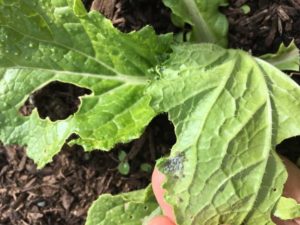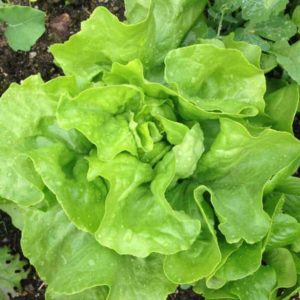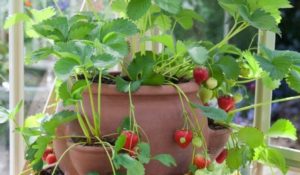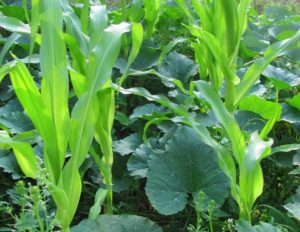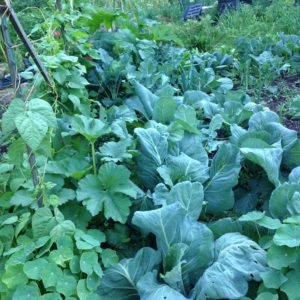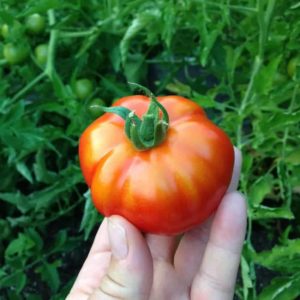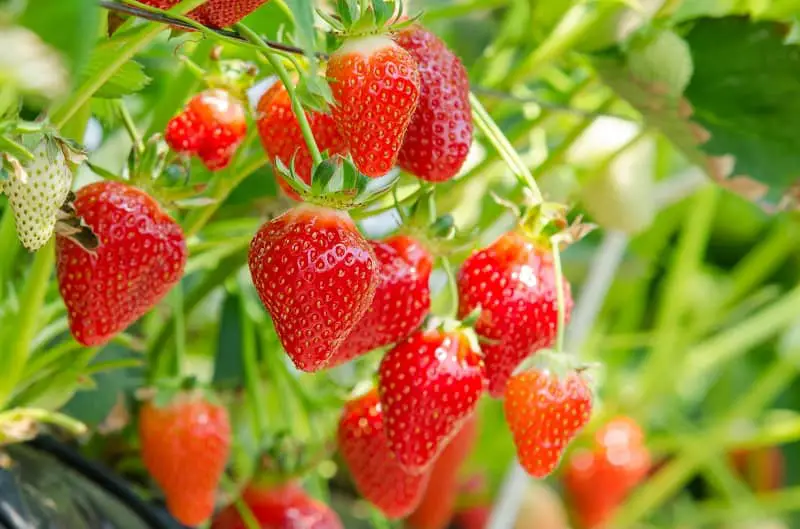
The concept of companion planting (also known as intercropping) is gaining a new appreciation among the current generation of home gardeners. The idea, however, is not a new one and has been used in agriculture for centuries.
It involves planting different plants adjacent to each other to gain growth benefit from their interaction. The reasons behind how this works are unclear, but there are several hypothesized mechanisms.
Let’s cover the ways that companion plants can help your crop.
Companion Plant Nutrients for Your Strawberries
Companion plants with deep taproot systems, such as dandelions which are great herbal flowers, which can extend several feet into the ground, have the ability to bring nutrients from deeper soil layers nearer to the surface. In addition, dandelions release ethylene, which drives ripening of fruits.
Legumes (beans and lupine flowers) as a family of plants have the unique ability to harbor nitrogen fixing bacteria within nodule structures of their roots. These bacteria (primarily Azotobacter spp.) convert atmospheric nitrogen to nitrate, which is bioavailable to plants and is an essential nutrient for protein and chlorophyll production.
Trap Cropping
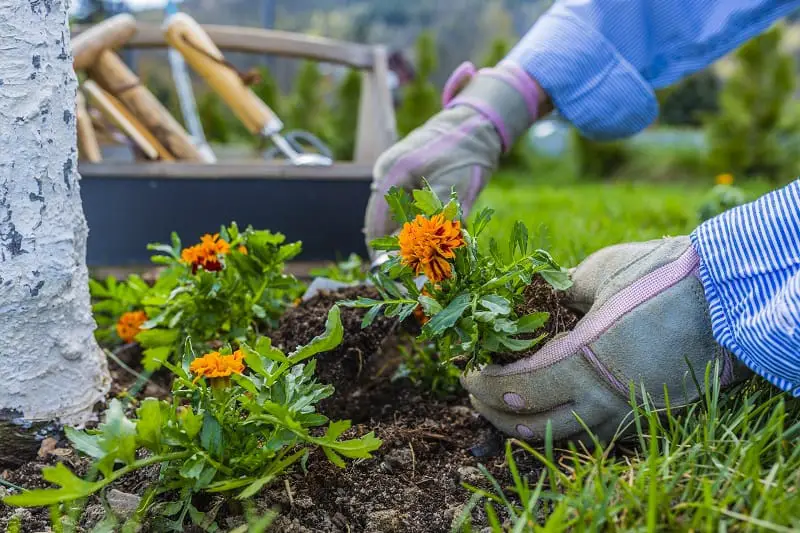
Trap cropping involves planting attractive plants for pests next to a crop. This gives the pests a better, easier target with the idea that they will leave the crop plants alone.
This approach works modestly in greenhouse settings, but is not effective in row crop agriculture. The most popular trap crops to use with strawberries are alfalfa and mustard, since these plants attract Lygus bug pests more strongly than strawberry.
Pest Disruption
Pest Disruption strategies involve providing green targets near the crop to be protected. These can be plants or green colored decoys.
Insects typically search out host plants for egg lay by honing in on phytochemical scents, then attempt to locate the target plant by randomly landing in the vicinity. Appropriateness of the landing is gauged by surface color.
A brown surface (dirt, dead leaf, etc.) is an inappropriate landing, prompting the insect to fly to a nearby surface and try again. Landing on a green surface (whether a plant or not), is considered an appropriate landing, provided that phytochemical cues are also present.
Insects must experience a number of consecutive appropriate landings in a given area to ensure they are on the correct host plant, otherwise they will depart to try another location. To drive this disruption process, clover has been used effectively as a ground cover between crop rows to provide inappropriate decoys and encourage area departure.
Natural Enemy Recruitment
Companion plants that produce large amounts of nectar or pollen act as insectary plants to attract natural enemies (predatory insects). These plants tend to boost local insect predator populations, which results in spill-over to adjacent crop plants.
The result is increased predation of pest insects in the crop. Beneficial natural enemies include Coccinellids, various species of bees, Carabids, Syrphid flies, and parasitoid wasps.
Most of the best insectary plants happen to be the Apiaceae and include angelica, coriander, dill, fennel, and wild carrot. These tend to attract parasitoid wasps due to their numerous small flowers.
Parasitic and predatory insects are also attracted by clover, rue, and yarrow. Ground-hugging plants provide excellent cover for Carabids, which include mint (careful with mint: once you plant mint, you will always have mint), rosemary, and thyme.
Members of the Asteraceae, such as chamomile and daisy, and members of the Lamiaceae, such as catnip, peppermint, and spearmint, tend to attract robber flies, Syrphid flies, and predatory wasps.
Companion Plant Protection for Strawberries
Some companion plants are excellent pairings for the shade or wind-break effects they provide (for example, corn planted next to lettuce). Ground-hugging plants benefit their neighbors by helping to retain moisture in the soil by reducing surface evaporation (clover).
Good Companion Plants for Strawberries
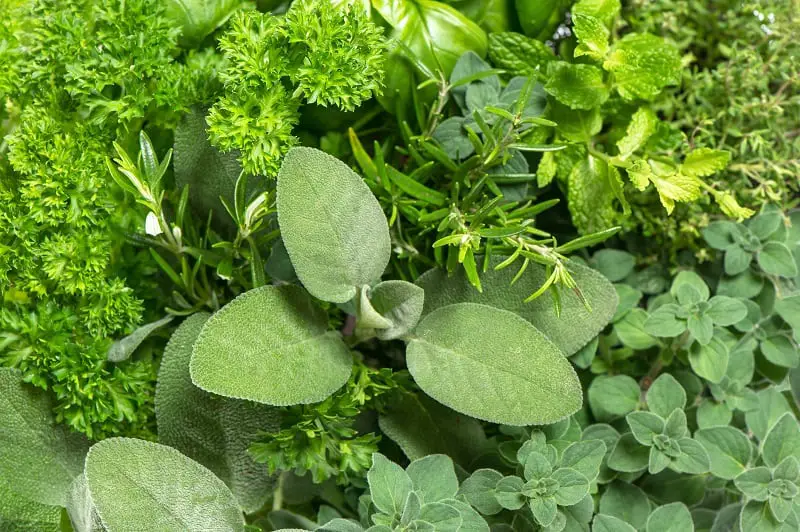
Apiaceae (dill, fennel, coriander): These useful herbs, besides their culinary utility, tend to repel slugs and various pest insects.
Beans: As discussed above, intercropping legumes provides natural fertilizer for the soil.
Borage: Borage is considered to be a good all-rounder. Its blooms and nectar attract beneficial insects (pollinators, natural enemies) and can act as a decoy plant for pests.
Many strawberry growers report that their strawberries are sweeter when planted next to borage.
Caraway: Caraway tends to draw parasitoids (flies, wasps).
Lamiaceae (mint, sage): Mints tend to cause slugs and other pests to avoid the area. You will see below that mint has a problem developing Verticillium wilt.
It also grows like a weed. If you plant mint, you will always, always have mint.
It is recommended here as a companion plant, provided that you plant the mint to its own pots. Any Verticillium outbreak can be contained by removing the mint pots.
Marigolds: The scent of marigold flowers tends to repel pest insects. French marigolds particularly are also known to work against root knot nematode infestations.
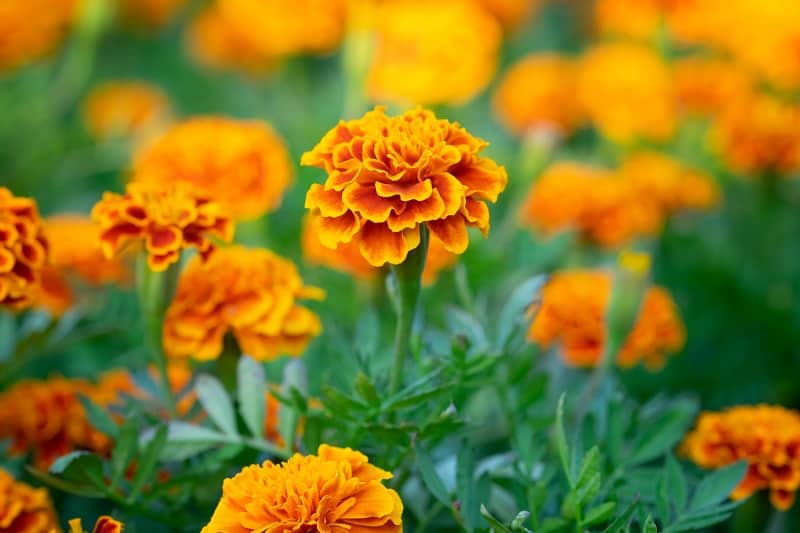
These plants act as a trop crop, attracting nematodes, as well as secreting nematicides from their roots. An excellent French marigold cultivar for this is Tangerine.
Onions and garlic: The scents from onion and garlic plants serve to mask the bright berry scents of strawberries to hide them from pests.
Spinach and lettuce: There are reports by growers that both their leafy greens and their strawberries grow faster when planted together. The reason for this is unclear.
Thyme: Worms are intolerant of thyme, so it acts as a good border crop as well as an intercrop. The herb also attracts loads of natural enemies such as Syrphid flies.
Bad Companion Plants with Strawberries
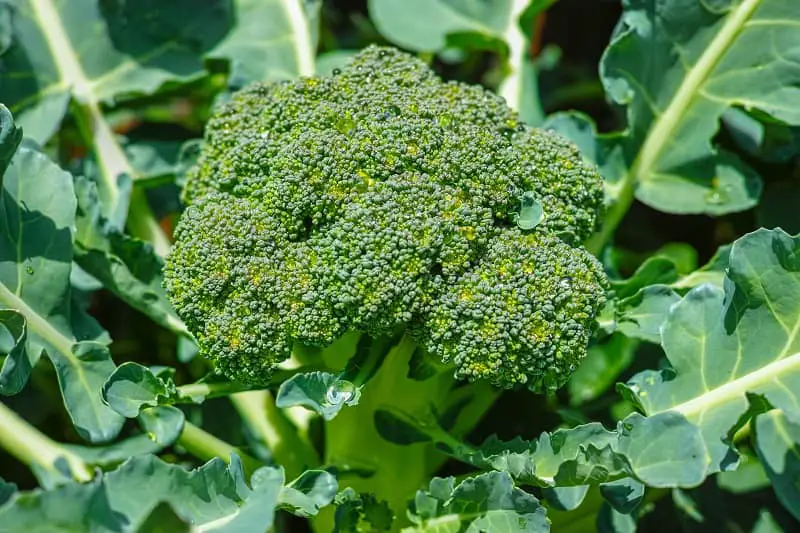
Strawberries can damage most members of the Brassicaceae. These include broccoli, Brussels sprouts, bok choy, cabbage, cauliflower, collard, kale, and kohlrabi.
Celery can also be damaged by adjacent strawberry crops.
However, there are several plants that can harm strawberries and should not be used in adjacent plantings, nor should you plant to soil where these have been grown in the last 5 years. These include bramble-type (blackberry, raspberry) or bush-type berry plants, chrysanthemums, melons, mint, nightshades (chiles, eggplant, tomato), okra, and roses.
The reason for this is that the plants listed above are susceptible to Verticillium wilt fungal infections and can leave a large mycelium load in the soil. Strawberries do not fare will with Verticillium and you will likely lose your crop if this precaution is not undertaken.

